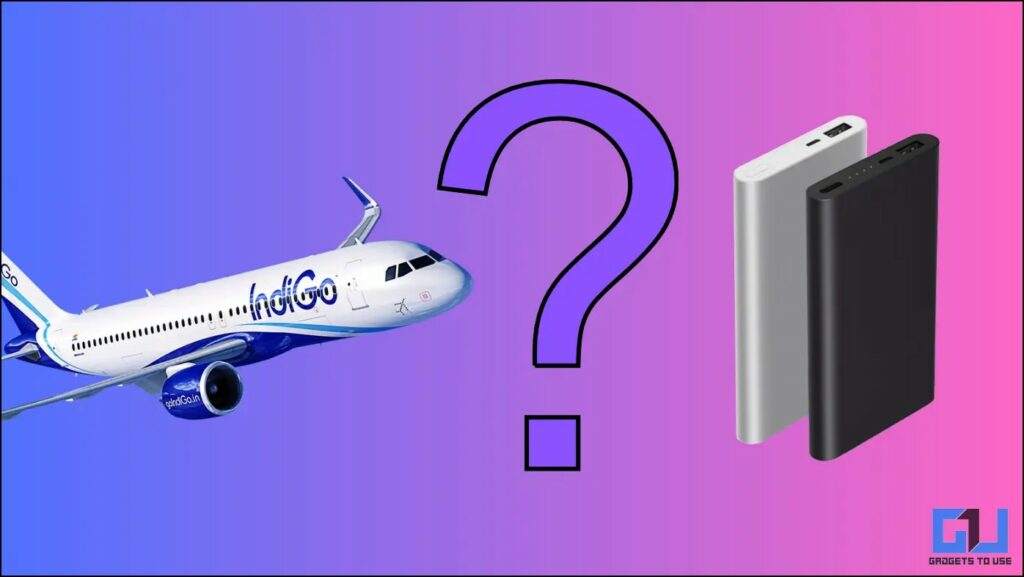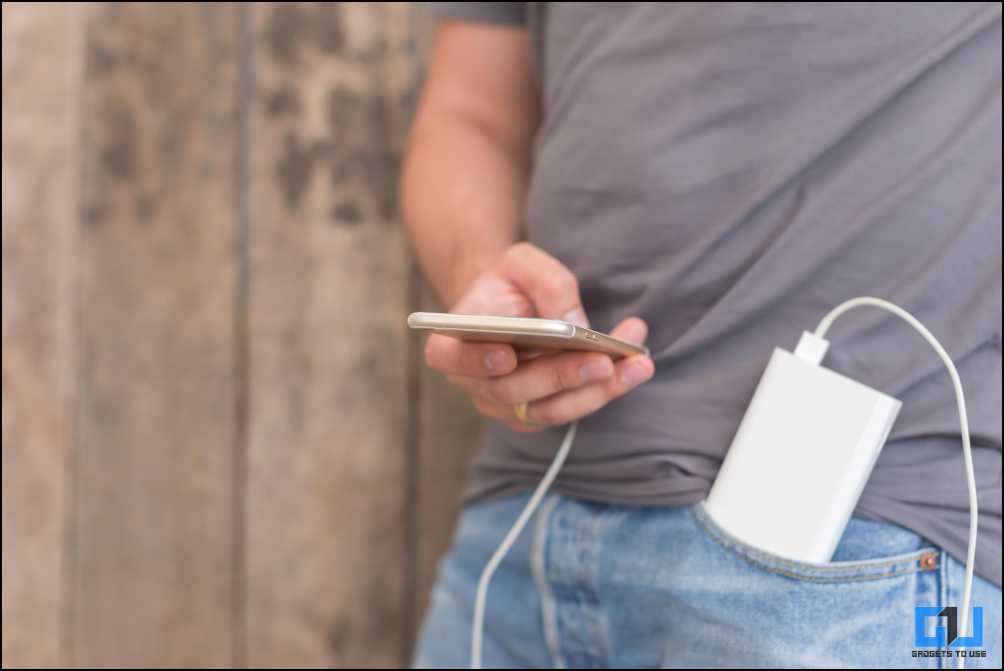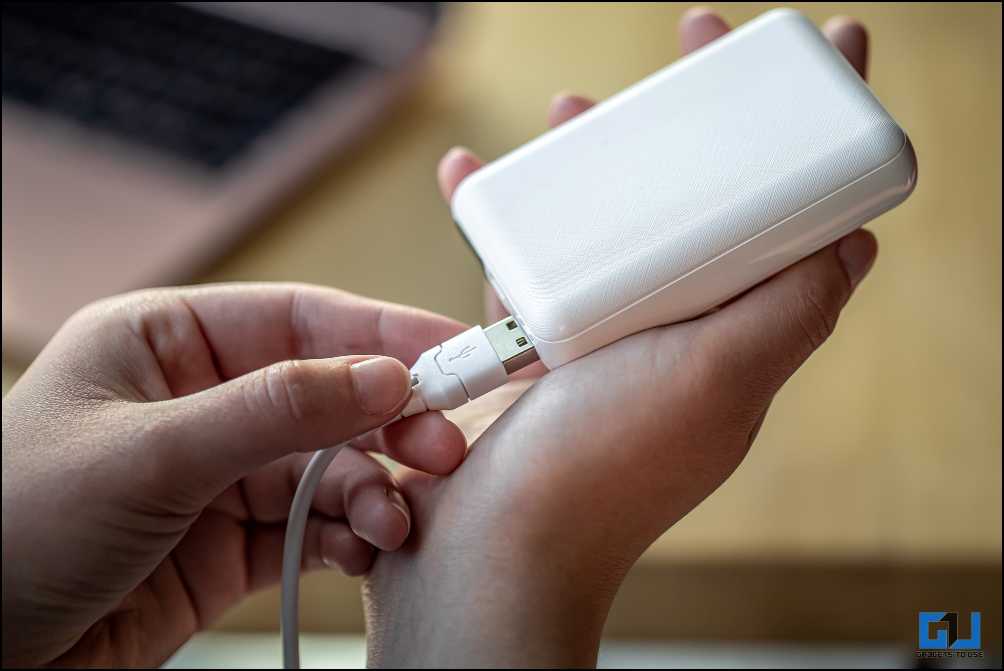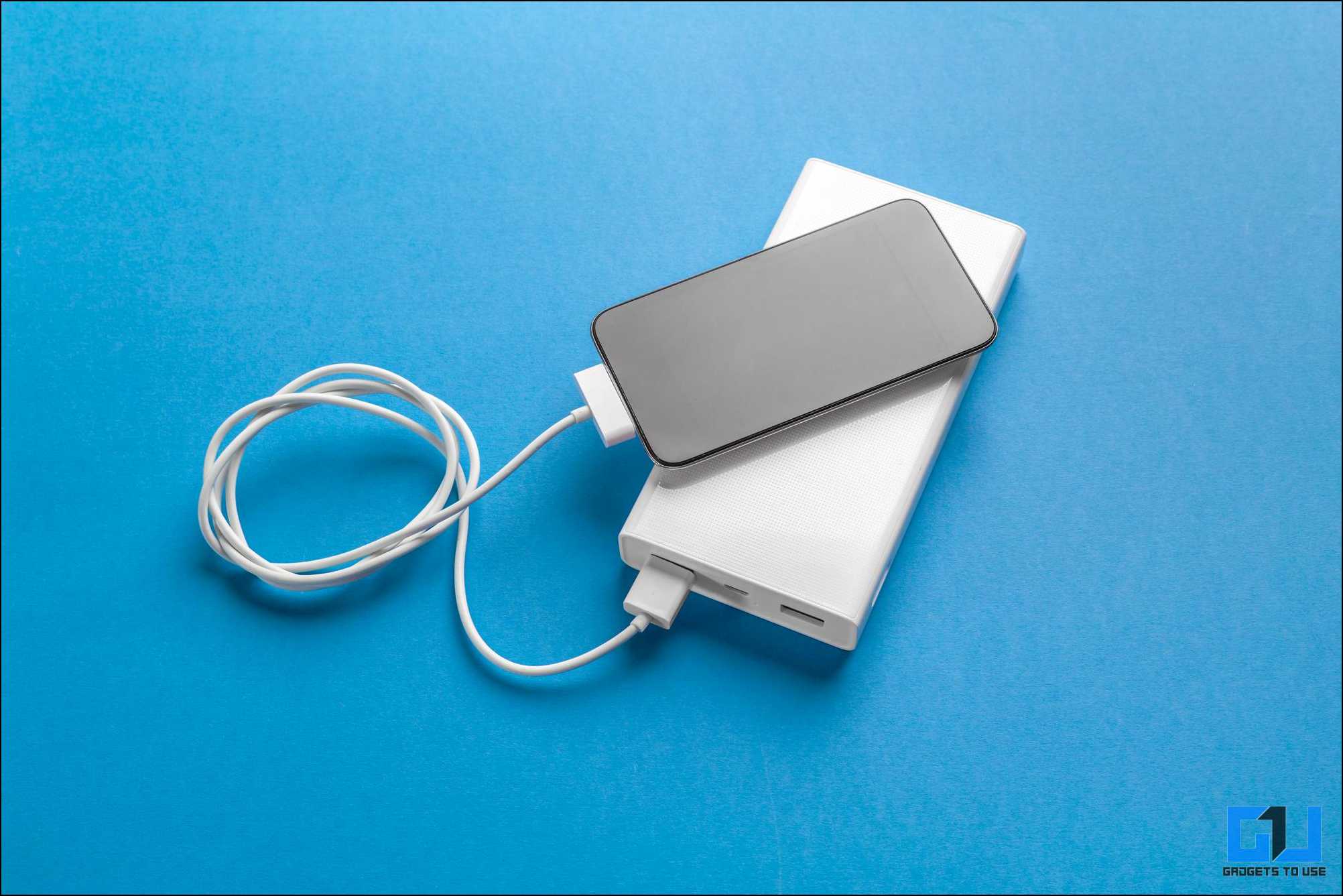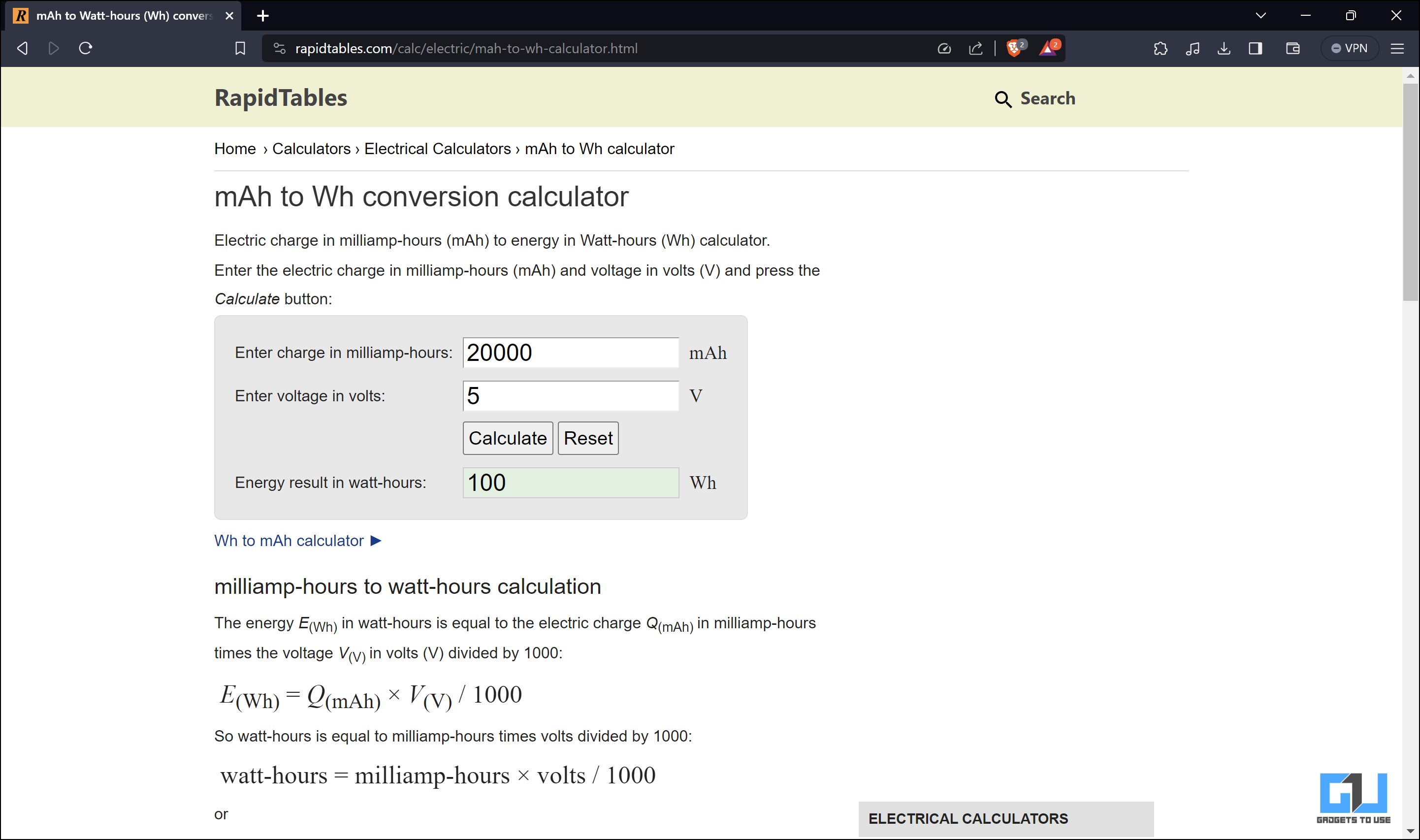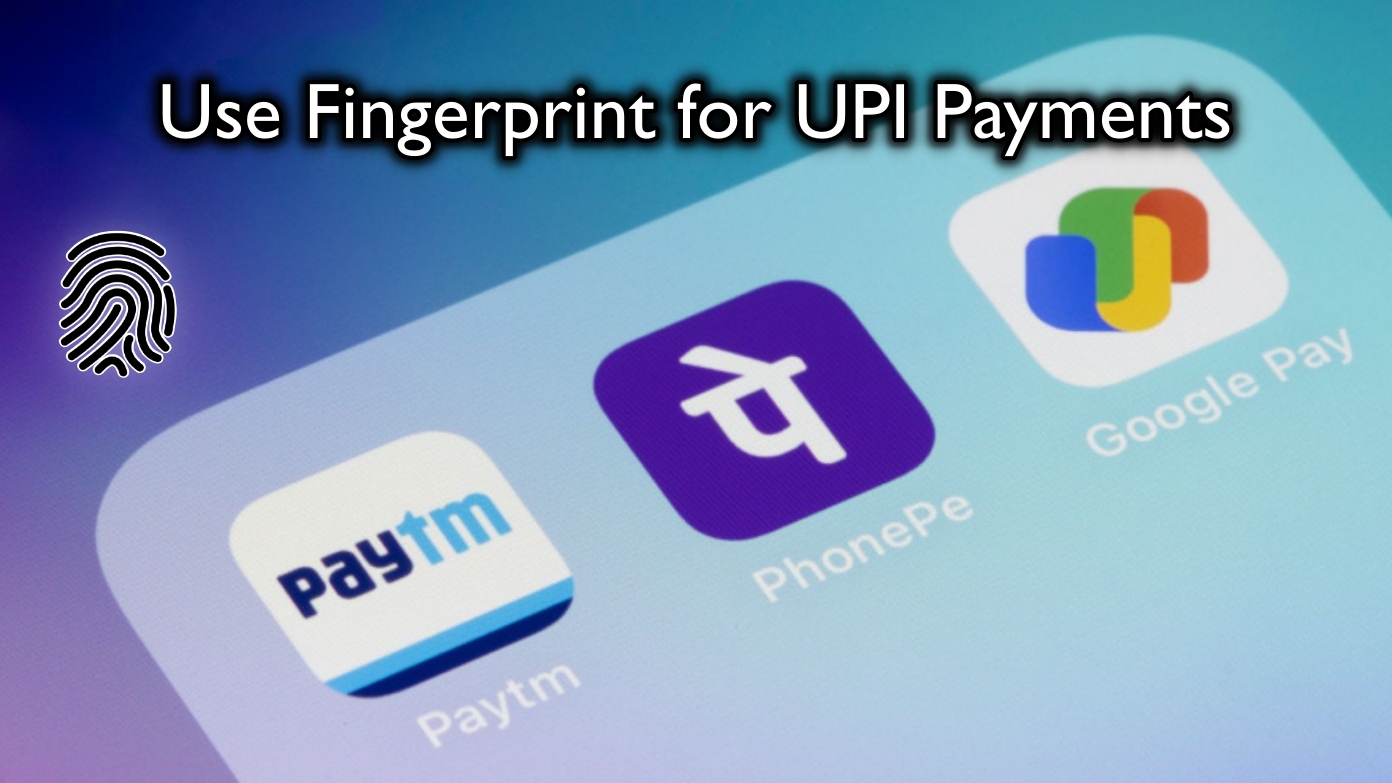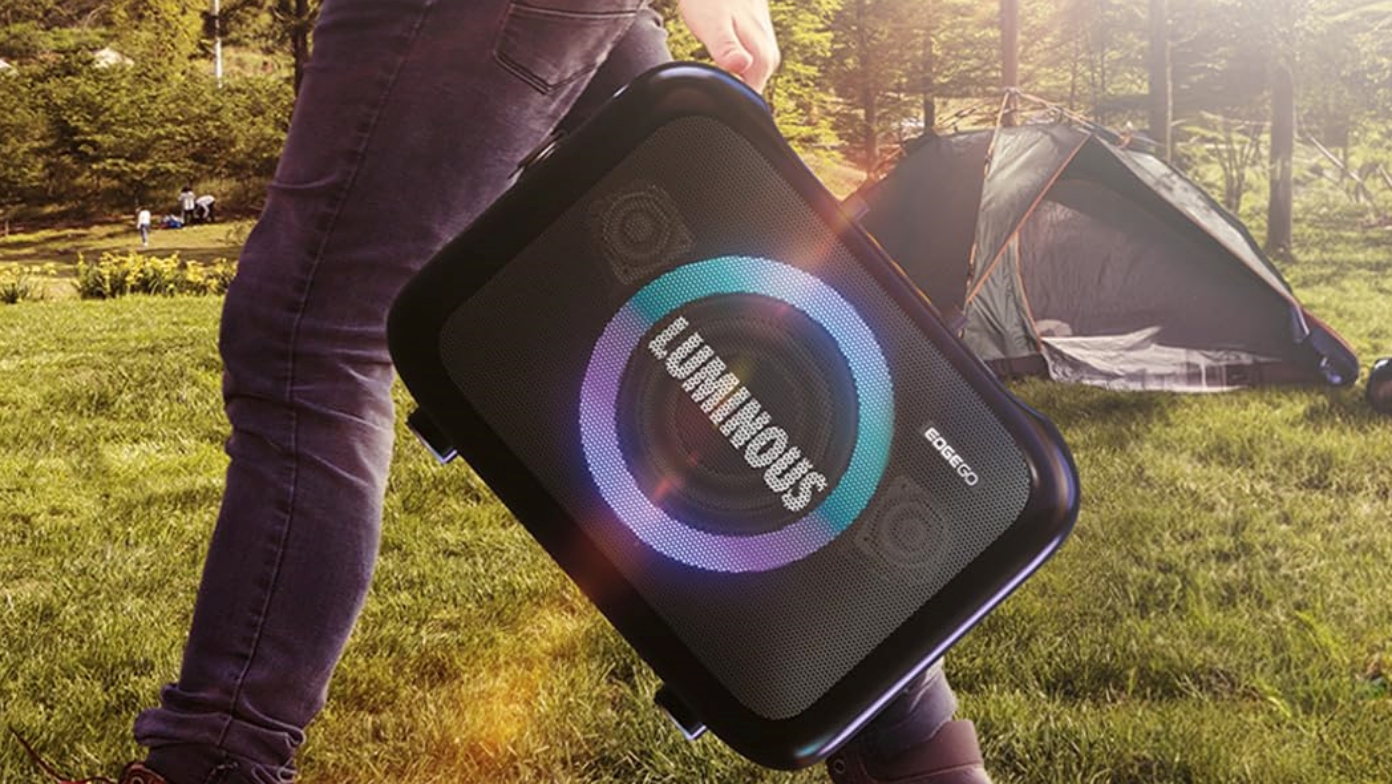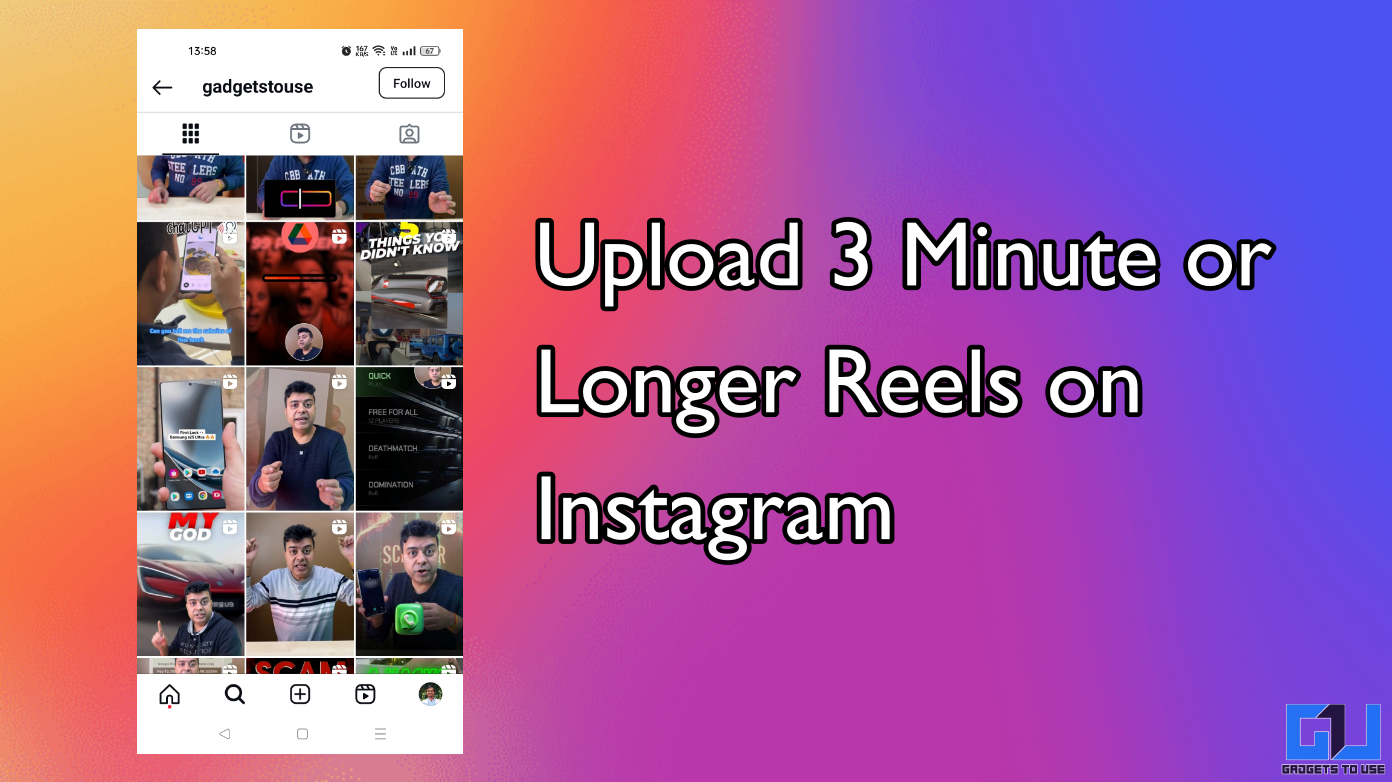Quick Answer
- If you have a portable battery rated between 101 and 160 Wh, you should obtain approval from the airline to carry the power bank on the plane.
- Under the regulations of the Transportation Security Administration (TSA) and the International Air Transport Association (IATA), the two primary governing bodies for air travel in India, power banks are classified as external lithium-ion batteries.
- If this happens in the cargo, it could go undetected and pose a great threat to the aircraft, crew, and passengers.
Power banks are essential for travelers to keep their phones, laptops, tablets, and other gadgets charged on the go, especially on long flights. Safety regulations forbid passengers from bringing certain large power banks on flights. This has resulted in formulating rules, restrictions, and best practices for carrying and using such devices on airplanes. Want to know if your big-capacity power bank can join you on your flight journey? This article has the answer!
Rules for Power Banks on Flights
Under the regulations of the Transportation Security Administration (TSA) and the International Air Transport Association (IATA), the two primary governing bodies for air travel in India, power banks are classified as external lithium-ion batteries. Other countries may have similar or different rules, so checking with your airline and destination is always advisable before flying.
The general rules for power banks on flights are:
- Passengers can bring power banks with a rating of 100 Wh or less per battery. This is equivalent to about 10,000 mAh at 10 or 20,000 mAh at 5 volts, the typical lithium-ion battery voltage.
- Ensure the power bank does not have any damage or defect. Any level of damage would make it prone to combustion, leading to a very dangerous situation.
- Keep your power bank in your carry-on luggage, not your checked baggage. Lithium-ion batteries can overheat, short-circuit, or even get punctured, potentially leading to fires or explosions.
- Detecting and containing a fire in the cabin is easier than the cargo hold.
- Power banks must be for personal use only, not for sale or distribution.
Protocols for Maximum Capacity for a Power Bank Allowed on Flights
The capacity of power banks is measured in watt-hour (Wh) or milliampere-hour (mAh). The International Air Transport Association (IATA) recommends that power banks not exceed 100 Wh. If you have a portable battery rated between 101 and 160 Wh, you should obtain approval from the airline to carry the power bank on the plane.
- You can only carry up to two battery packs of this size onto the aircraft per person.
- Passengers can bring consumer-type batteries and portable battery-powered electronic devices in their carry-on bags for personal use.
- Spare batteries must be protected from damage and short circuits.
- Battery-powered devices must be protected from accidental activation and heat generation.
- A power bank rated above 160 Wh is strictly prohibited on a plane.
Why Are Powerbanks Considered Dangerous on Flights?
The lithium-ion batteries in power banks pose a serious risk on flights. They can spontaneously combust, creating a dangerous situation. If this happens in the cargo, it could go undetected and pose a great threat to the aircraft, crew, and passengers. For everyone’s safety on board, airlines now require passengers to carry all power banks and other electronics with batteries in their carry-on luggage. The cabin crew can immediately act when a device catches fire or other hazardous situations that could arise from overheating or malfunctioning devices.
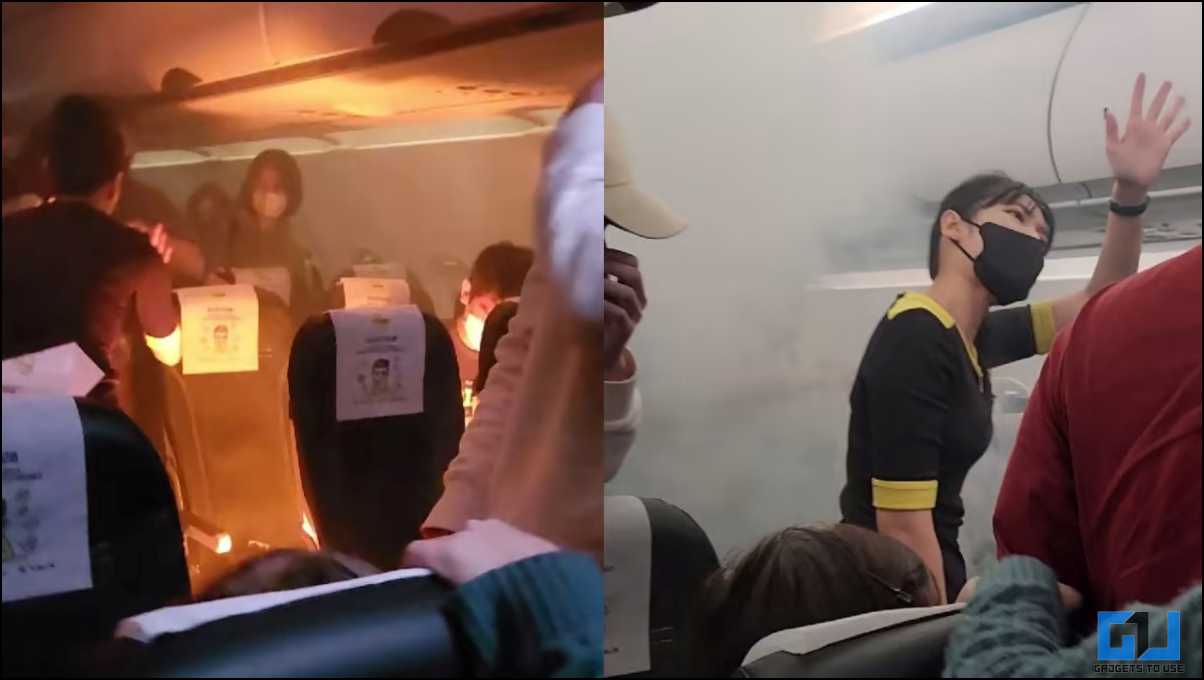
A notable incident occurred on a Scoot flight from Taipei to Singapore on January 11, 2023. A power bank suddenly caught fire onboard, causing minor burns to two passengers. The incident highlights the risks of carrying power banks on flights and underscores the importance of adhering to airline regulations regarding such devices.
Does All Airlines Follow These Standards for Carrying Power Banks?
Yes. There are general guidelines for carrying power banks on flights, but specific rules can vary by airline depending on domestic or international flights.
The International Air Transport Association (IATA) and the Transportation Security Administration (TSA) provide these general rules.
- Passengers can bring power banks with a rating of 100 Wh or less per battery.
- It should not be damaged or recalled.
- It should be compact and easily accessible during the security check.
- For domestic flights in India, Air India and IndiGo have similar rules.
- Power banks must be carried in hand luggage.
However, always check with your specific airline for their rules, as they may have additional restrictions or allowances. For example, some airlines permit power banks up to 160 Wh in hand luggage with prior approval. Remember, safety is paramount when flying, and these rules are in place to ensure the safety of all passengers.
How Do I Check the Capacity of a Power Bank?
Manufacturers typically print the power bank’s capacity on its body or packaging, making it easy to locate. Look for the words “Wh” or “watt-hour” and avoid buying or carrying a power bank that is larger than 100 Wh (or 160 Wh with approval).
You can calculate the Wh capacity by multiplying the voltage (V) by the milliampere-hour (mAh) rating and dividing it by 1000.
Wh = V * mAh / 1000
For example, if your power bank has a voltage of 5V and a 20,0000 milliampere-hour (mAh) rating, its Watt-hour capacity will be (5 x 20,000)/1000 = 100 Wh.
You can also use online calculators or converters to find out the capacity of your power bank in watt-hours or milliampere-hours. For example, you can use Rapidtables.
Best Practices for Carrying and Using Power Banks on Flights
To ensure a safe and hassle-free flight with your power bank, follow these tips:
- Pack your power bank in a separate bag or pouch for easy access during security screening. You must take out your power bank and show it to the security officer.
- Turn off your power bank before boarding the plane, and do not use it during the flight. Most airlines do not allow passengers to use power banks on board because they can pose a fire hazard if they malfunction or overheat. Instead, use the charging ports available on some seats or at airports.
- Protect your power bank from physical damage, extreme temperatures, moisture, and metal objects. Do not drop, crush, puncture, or expose your power bank to fire or water.
- Do not carry it in your pocket or near keys, coins, or other metal items that can cause a short circuit.
- If damaged, swollen, leaking, or smoking, immediately dispose of your power bank.
- Do not attempt to repair or recharge a faulty power bank. Contact the airline staff or airport authorities immediately if you notice any trouble with your power bank.
Conclusion
There are strict rules and regulations regarding a power bank on a flight, as they can pose a safety risk if they are too large, damaged, or misused. You should adhere to the rules provided by the airline to make sure the journey is safe for you and everyone else on board. Stay tuned to GadgetsToUse for more such reads!
Also Read:
- 6 Best Fast Charging Power Banks to Buy in India
- 9 Tricks to Fast Charge Your Android Phone or iPhone (2023)
- [Comparison] 20W PD Chargers Under INR 2000
- How to Use DigiYatra App to Use Face Recognition Entry at Delhi Airport
You can also follow us for instant tech news at Google News or for tips and tricks, smartphones & gadgets reviews, join the GadgetsToUse Telegram Group, or subscribe to the GadgetsToUse Youtube Channel for the latest review videos.
